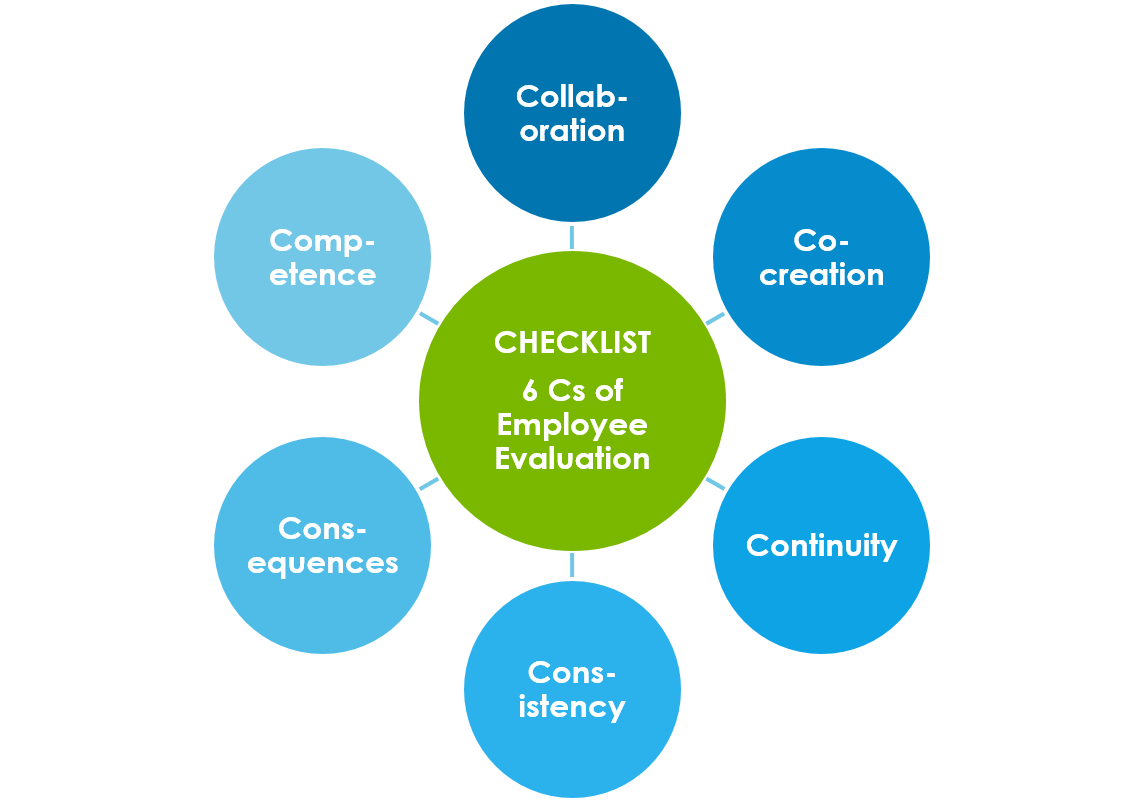Last year, members of FNV (the Dutch worker’s union) gathered at an FNV Allies conference and, contrary to all expectations, voted against a proposition to merge. This once again showed that it’s difficult to gauge the opinion of members, even if they are involved every step of the way.
Why is that?
Why do so many associations struggle to understand their members?
Synthetron has moderated multiple sessions with members from different national associations and by looking at them together we have been able to draw some rather interesting conclusions.
Association committees are in a tough position.
For many, the member base is declining, the current members are the older generation, there are fewer and fewer new young members and there is unclear voting behaviour.
there are fewer and fewer new young members and there is unclear voting behaviour.
In the last five years we have been regularly conducting online dialogues for different associations with the purpose of involving their members: the ANWB , NBA (professional organization of Accountants), KNGF (Royal Association of Physiotherapists) and FNV in Netherlands, ACCA (accountants) in UK and NCARB (architects) in the USA.
We have identified 5 important reasons which make it difficult to get insights into what members think and why their reactions are so hard to predict.
The 5 top challenges for membership organisations today
1. Members don’t agree
The average percentage of messages that some people agree on in Synthetron dialogues is 17%. In sessions involving members, it’s only 13% on average and never more than 14%.
At the same time, the percentage of bipotrons – messages which people feel strongly about and which split the vote – is higher than average.
So we can say that people in Synthetron sessions for member associations agree less and disagree more than our benchmark from 1000 dialogues in a range of organisations.
2. Members like to be involved but are hard to activate.
Members are very active and positive in their dialogues than our benchmark. They are looking for an accessible, interactive, visible association that involves them in the decision making process. Face to face as well as online. However it is not easy to engage and mobilise these members. There are low levels of people showing up to participate and a lot of energy needs to be put into recruiting.
3. Members expect a broader view from their association.
Members are no longer satisfied with the core activity of their association. Nowadays they expect a broader interpretation of the association’s role.
For example they like to see them play an active leadership role in areas like durability, ethics and technology. They also would like to see more integration – working together with other associations and institutions, maybe in other countries.
Finally, members indicate that the opinion of non-members is important too. The association of the future needs to go beyond their current boundaries.
4. Members want a flexible association.
Members aren’t fixed on specific ways of working. They want to be organised at a sector level for certain topics and by region when it suits them. This requires an adaptive association that allows the member to choose how to define their membership. This applies to member communication, membership, way of coming into contact with other members, available knowledge and the way the association works with and for its members.
There is no more either… or…, now it’s all about and… and…
5. Members want to be treated like they matter
What do members tell us?
“I’m important! Listen to my needs! Influence the politics, legislation, … on a national and local level for me. Give me knowledge and education on the things I need to know about. Listen to me and use your power to get it done.”
They are very demanding, they know very well what they want their association to do and have high expectations
Conclusion
Now, all of this may seem like members are spoilt brats stomping around constantly demanding membership organisations do everything for them. But our experience shows that when members collaborate with their associations so improvements can be made together, they do this in a very serious, constructive and positive way. There is a way forward and organisations needs to find ways to interact meaningfully in a flexible and active way with their membership to achieve that. To do nothing is to accept a steady decline.
– By Jeanette Kalthof





 there are fewer and fewer new young members and there is unclear voting behaviour.
there are fewer and fewer new young members and there is unclear voting behaviour.

